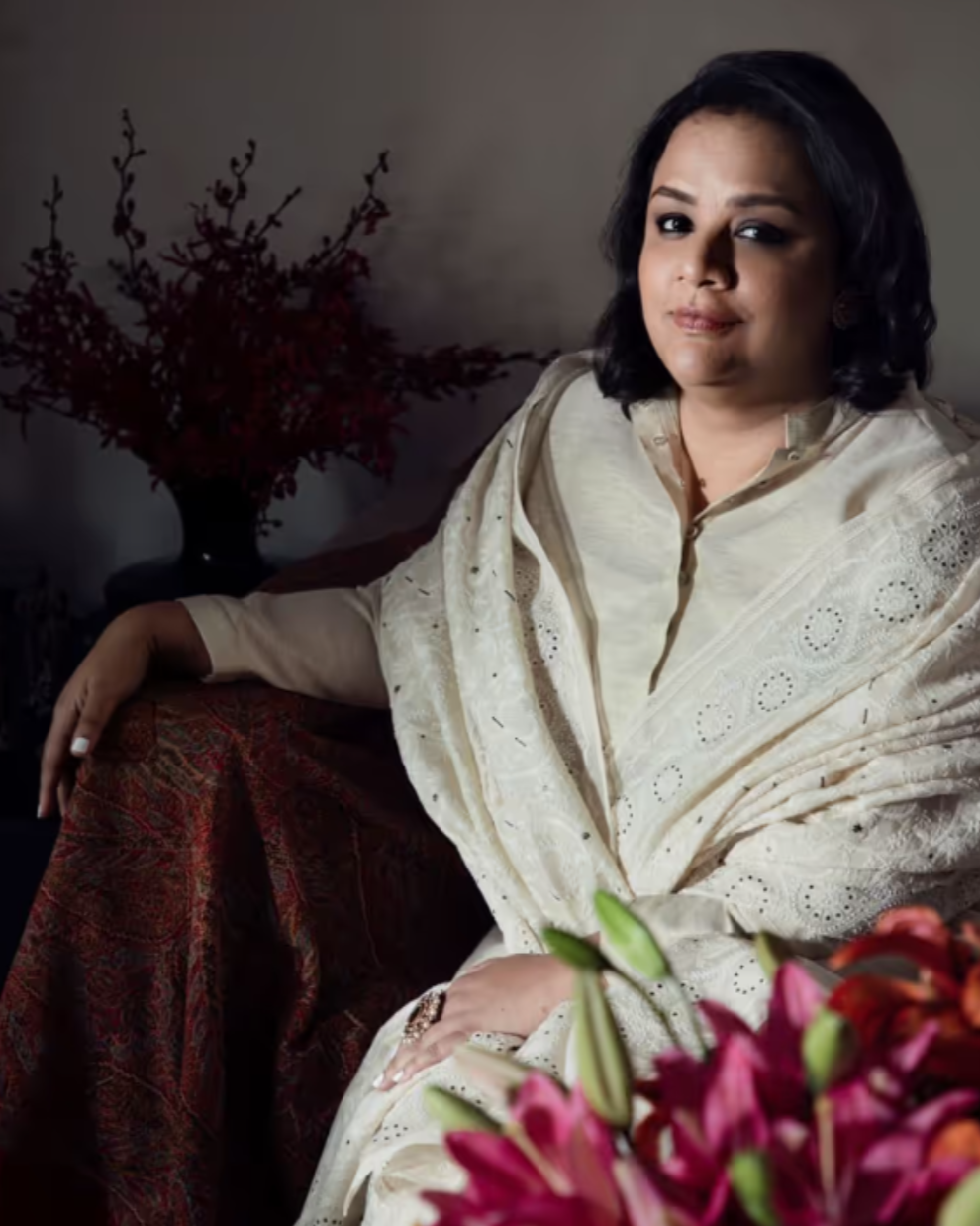The Right Trees in the Right Places
By Ed Faulkner
The British tree planting season usually starts just before the first frosts in November and finishes just as the spring colours begin to appear at the end of March. Every year myself and the Sapling team spend these cold, wet months planting in fields, cities, and farms making sure that our one tree per bottle pledge is met. It’s a time we always get excited about as it lets us get out of the city into nature and make a tangible difference to our local environment.
So far this year we have planted on the west coast of Scotland, farms in Sussex, councils in London and Yorkshire, and with some of our top partners – such as Thyme. I often get asked how we choose what trees we plant and the location in which we plant them. The truth is that it takes proper research and planning and, done wrong, can result in the trees doing more harm than good. You must plant the right species in the right places.
Why is this important?
There is often a misconception that all tree planting is positive and helps to tackle climate change and improve local ecosystems. This is incorrect. When planning a tree planting project there is a lot to think about so that once the trees are planted, they survive, thrive, and do not harm the land and the surrounding ecosystem. While there are many vital questions you need ask yourself, there are two that stand out;
Are the trees you are planting native?
Are you selecting a diverse range of species and avoiding planting a monoculture?
These are fundamental to ensuring the effectiveness and success of a planting project.
Let’s start with planting native trees
Firstly, they are simply much more likely to survive. They are better suited to the soil type which means they will be able to draw nutrients more efficiently while also contributing to the health of the soil. Native trees are also adapted to local climate conditions so are more likely to withstand adverse weather conditions such as heavy rain and frosts. Lastly, local wildlife is much better supported by native trees. Their fruits offer familiar food while their structures provide rich habitats with which local animals are already acquainted. In short, native trees suit both the soil and weather conditions while creating better habitats to support wildlife.
And what about planting a diversity of species?
In the same way that it is damaging to plant crops in a monoculture, planting a singular tree species can contribute to the degradation of the soil. Monocultures cause two key issues. Firstly, they destroy biodiversity and make it difficult for other plant species to self-seed and grow naturally. The mycorrhizal networks (systems of fungi that play a hugely important role in plant nutrition) deteriorate and make it difficult for nutrients to be shared throughout the soil. In turn, fertilizers and pesticides are needed to keep the monoculture alive at further detriment to the soil. What’s more, bad soil health means the soil can’t hold as much carbon, so even though the trees are sequestering CO2, the soil no longer acts as a natural carbon sink.
So, if you decide to embark upon a planting project, make sure you include a diverse range of native trees and watch your land flourish into a biodiverse, carbon sequestering paradise. And if you need any help, you know who to call!
We are a proud partner of Sapling and Sapling vodka is a key ingredient in our Take Thyme cocktail.




